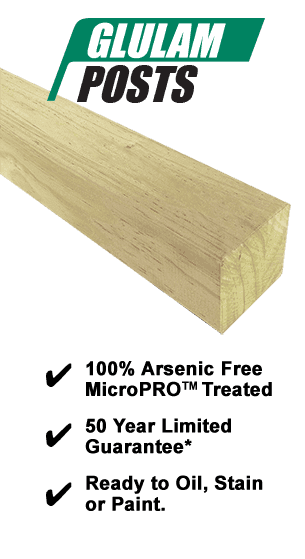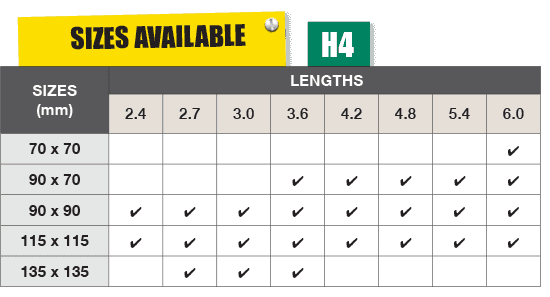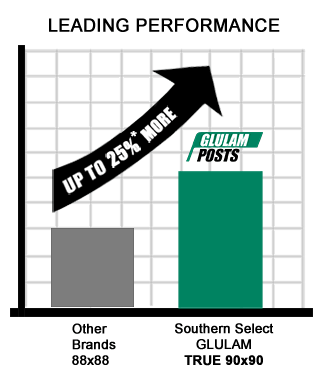- Timber be MUST be keep DRY until it has been SEALED.
- Timber MUST be SEALED with PAINT, STAIN or
- OIL prior to or soon after installation.
- ALL CUT ENDS MUST BE RESEALED
Important General Care & Maintanance of Natural Timber Products
Timber is a natural product and will age & sometimes react adversely to normal changes in weather conditions. For this reason it is important to protect timber with a high quality paint, oil or other sealant. Timber must always be stored in dry location and must be sealed prior to or immediately after the timber is installed. When cutting treated timber it is important to reseal all cut ends with an approved timber preservative such as Tanalised EnSeal (or equivalent). This includes but is not limited to cuts, notches, drill holes and rebates. Resin may bleed from timber and to minimise the effect of this it is adviseable to use a quality primer and paint in light colours. It may be necessary to recoat as required.
Guarantee Information
Southern Select GLULAM Beams & Posts are treated with MicroPRO, which comes with a 50 Year Limited Guarantee* against rot & insect attack. For all information regarding this guarantee please visit www.osmose.com.au Here. Or download the Osmose Australia: Treated Product Guarantee Information Sheet
Osmose also offer some important information regarding the MicroPRO treatment which can be found in the MicroPRO Brochure Here.
OSMOSE IMPORTANT INFORMATION
- MicroPro Pressure treated timber has corrosion rates on metal products similar to CCA (chromated copper arsenate) pressure treated timber and untreated timber. For interior or exterior applications, use fasteners and hardware that are in compliance with the manufacturer’s recommendations and the building code for their intended use. Where design and or actual conditions allow for constant, repetitive or long periods of wet conditions, only stainless steel fasteners should be used. When using aluminium products in conjunction with MicroPro treated timber, refer to the MicroPro Fastener and Hardware Information Sheet for additional information.
- Do not burn preserved timber.
- Wear a dust mask and goggles when cutting or sanding timber.
- Wear gloves when working with timber.
- Some preservative may migrate from the treated timber into soil/water or may dislodge from the treated timber surface upon contact with skin. Wash exposed skin areas thoroughly.
- All sawdust and construction debris should be cleaned up and disposed of after construction.
- Wash work clothes separately from other household clothing before re-use.
- Preserved timber should not be used where it may come into direct or indirect contact with drinking water, except for uses involving incidental contact such as fresh water docks and bridges.
- Do not use preserved timber under circumstances where the preservative may become a component of food, animal feed, or beehives.
- Do not use preserved timber as mulch.
- Only preserved timber that is visibly clean and free of surface residue should be used.
- If the timber is to be used in an interior application and becomes wet during construction, it should be allowed to dry before being covered or enclosed.
- Disposal Recommendations: Preserved timber may be disposed of in landfills or burned in commercial or industrial incinerators or boilers in accordance with federal, state, and local regulations.
- If you desire to apply a paint, stain, clear water repellent, or other finish to your preservative treated timber, we recommend following the manufacturer’s instructions and label of the finishing product. Before you start, we recommend you apply the finishing product to a small exposed test area before finishing the entire project to insure it provides the intended result before proceeding.
- Mould growth can and does occur on the surface of many products, including untreated and treated timber, during prolonged surface exposure to excessive moisture conditions. To remove mould from the treated timber surface, timber should be allowed to dry. Typically, mild soap and water can be used to remove remaining surface mould.
- Projects should be designed approved and installed in accordance with federal, state and local regulation governing construction in your area. The MicroPro Treated Timber Process is certified under SCS’s Environmentally Preferable Product (EPP) program based on Life-Cycle Assessment.





